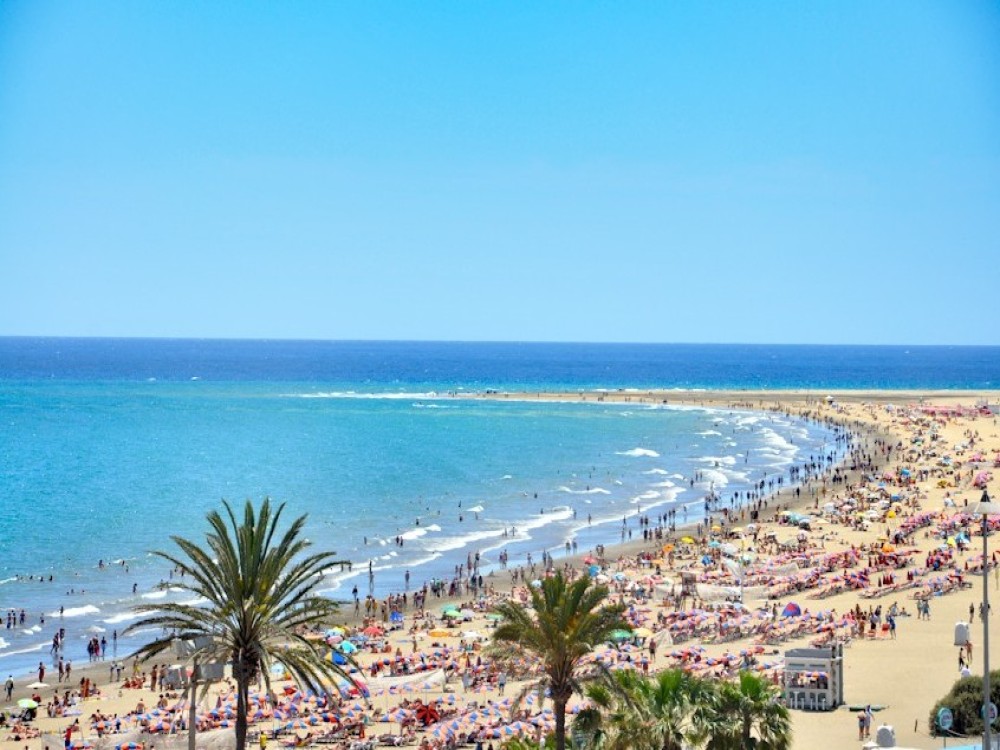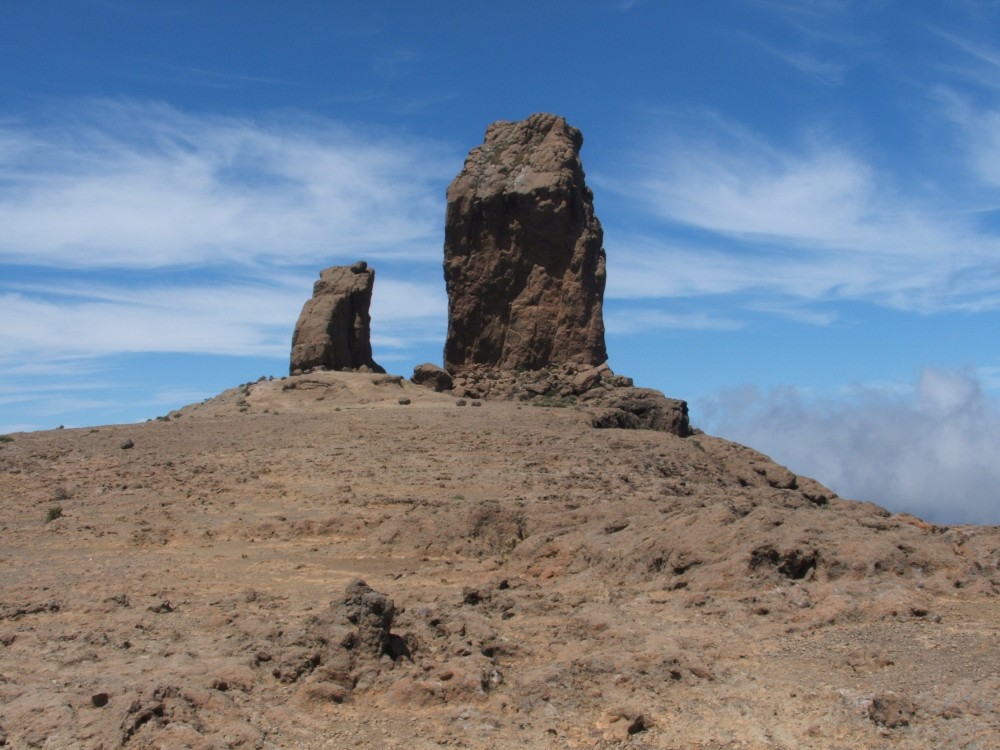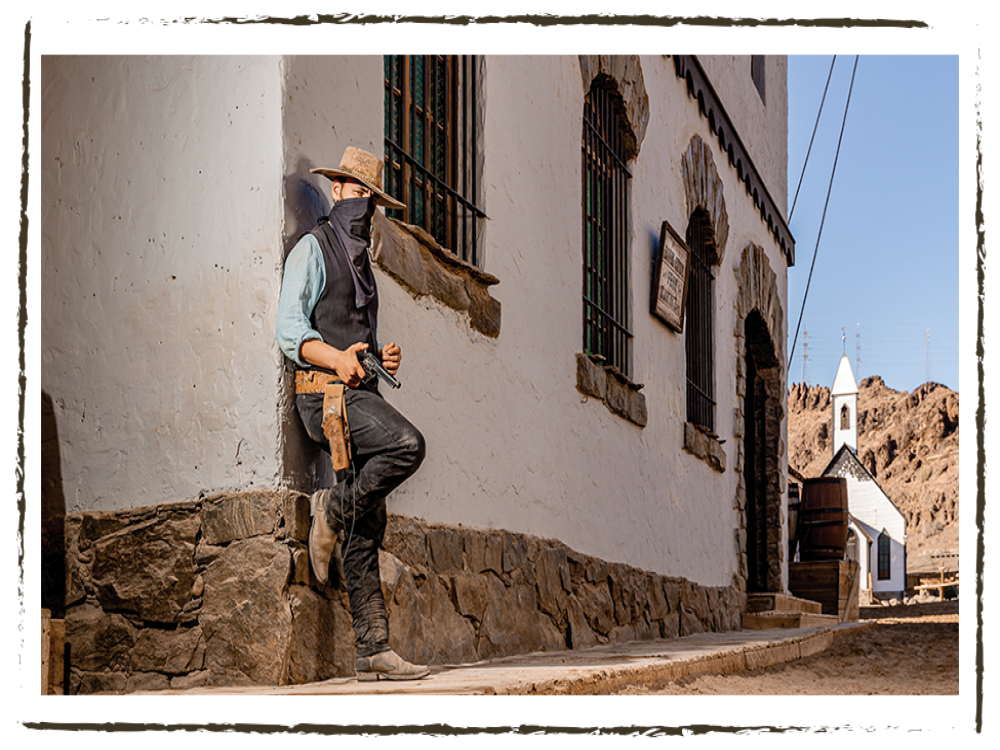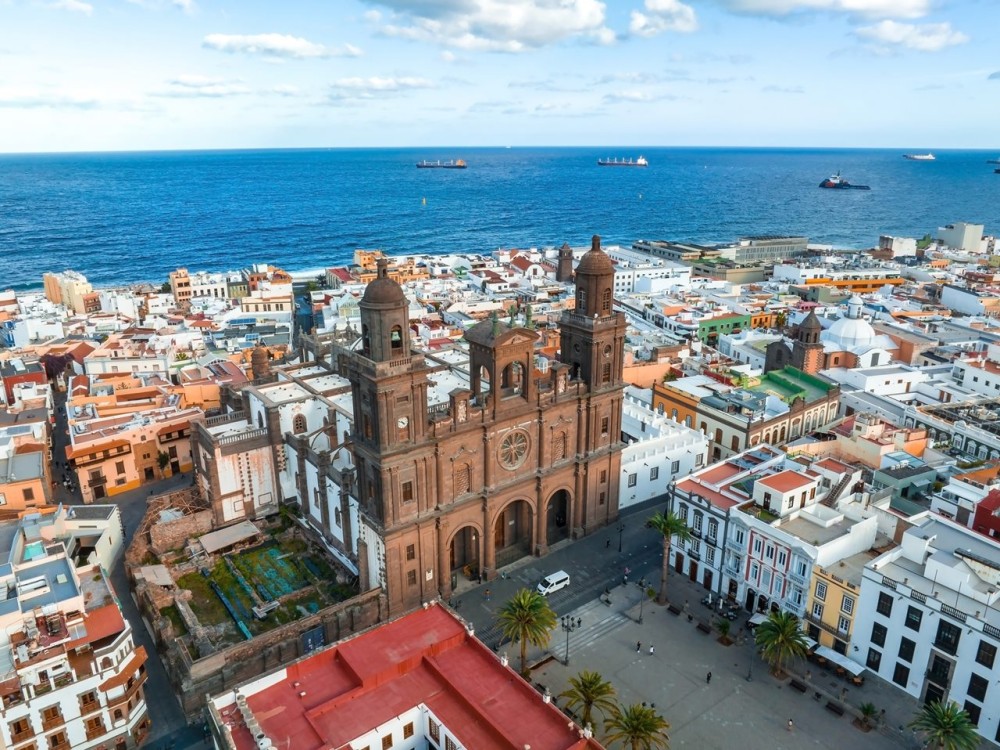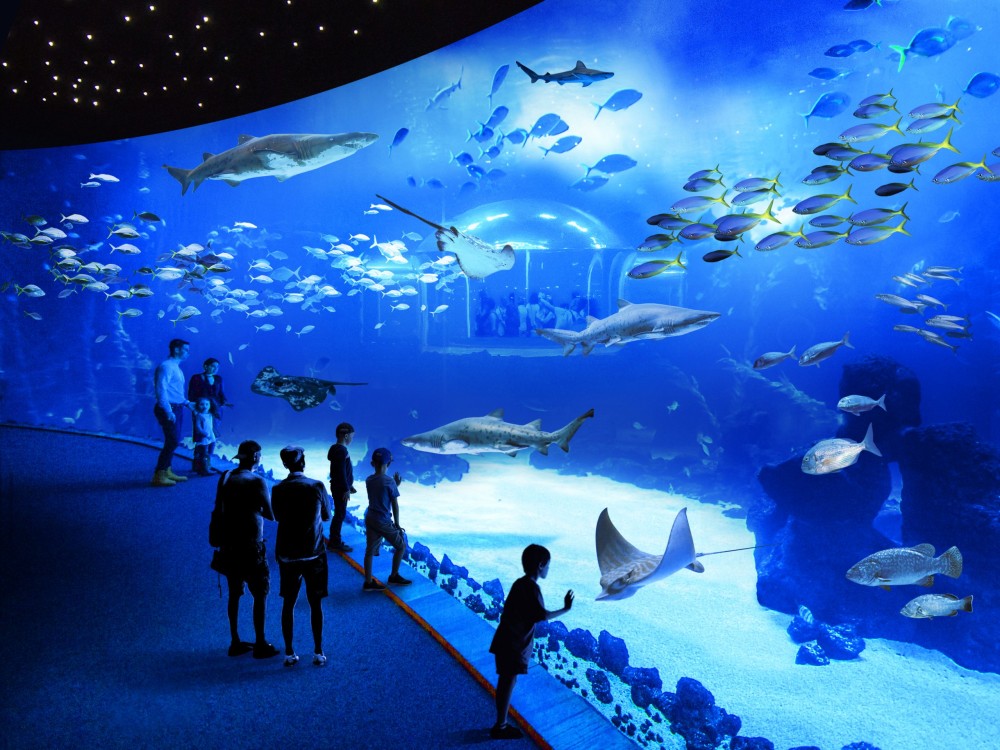Attractions in Gran Canaria
Attractions you can do in Gran Canaria
All about Gran Canaria
When to Visit
Gran Canaria enjoys a mild climate year-round, making it a great destination any time of the year. Winter (December to February) is perfect for escaping colder climates, with warm temperatures ideal for beachgoers. Spring (March to May) and autumn (September to November) offer pleasant weather for outdoor activities and fewer crowds. Summer (June to August) is hot but manageable, with cool ocean breezes and lively nightlife.
Getting Around
The best way to explore Gran Canaria is by renting a car, which offers flexibility for reaching remote beaches, mountain trails, and small villages. Public buses connect major towns and tourist areas but may not reach all attractions. Taxis are widely available in urban areas, and guided tours are an excellent option for exploring specific sites like Roque Nublo or the Bandama Caldera.
Traveler Tips
Pack sunscreen, sunglasses, and a hat to protect against the sun. Visit Maspalomas for its iconic dunes and lively beaches, and explore the charming Old Town of Vegueta in Las Palmas for history and culture. Roque Nublo and Pico de las Nieves are must-visit spots for breathtaking views and hiking. Try traditional Canarian dishes like papas arrugadas with mojo sauce and local wines. For water sports enthusiasts, Puerto Rico offers great diving and surfing opportunities. Use public transport for city travel and consider guided tours for natural attractions. Stay hydrated and respect the island’s natural environment by sticking to designated trails.
0
Activities & Trip
Total Reviews
People Also Ask
What is Gran Canaria known for?
Gran Canaria is known for its diverse landscapes, beaches, and charming towns like Las Palmas.
When is the best time to visit Gran Canaria?
The island is great year-round, with winter (December-February) ideal for escaping colder climates.
Do I need a visa to visit Gran Canaria?
Visa requirements depend on your nationality. EU citizens don’t need a visa; others may require a Schengen visa.
What currency is used in Gran Canaria?
The currency is the Euro (EUR).
What are the must-see places in Gran Canaria?
Top spots include Maspalomas Dunes, Roque Nublo, Vegueta, and Playa del Inglés.
Is Gran Canaria safe for tourists?
Yes, Gran Canaria is safe, but stay cautious of belongings in crowded areas.
What language is spoken in Gran Canaria?
Spanish is the official language, but English is commonly spoken in tourist areas.
What’s the best way to get around Gran Canaria?
Rent a car for flexibility or use public buses for major routes.
What food should I try in Gran Canaria?
Try papas arrugadas, mojo sauce, local cheeses, and fresh seafood.
How long should I stay in Gran Canaria?
A 4-7 day trip is ideal to explore its beaches, mountains, and cultural sites.
Frequently Asked Question
The answers provided below are based on answers previously given by the tour provider to customers’ questions.
What are the top things to do in Gran Canaria?
The top things to do in Gran Canaria are:
What are the top activities in Gran Canaria?
Top activities in Gran Canaria include:
What do I need to know before visiting Gran Canaria?
Check out these top Gran Canaria travel ideas:
Copyright © 2025 All Rights Reserved



